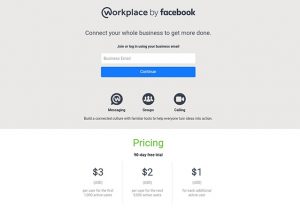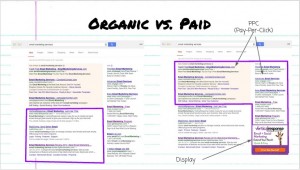— March 22, 2019
Once you’ve hundreds of thousands of monthly visitors on your Ecommerce site, then it’s no longer about increasing your traffic alone. If you have a leaky website, then you’ll end up scaling a site full of errors.
The fix?
You need to shift your efforts towards optimizing your crucial website pages for conversions. In this article, you’ll see four tools that can fix your conversions and scale your revenue. Here’s the first tool.
1. Five Second Test
If Peep Laja, the founder of ConversionXL, could give you just one piece of conversion advice, then it would be – “test your value proposition.”
With the decreasing attention span of consumers, it’s become more challenging to grab their attention. You need to highlight the benefits of using your product clearly and succinctly. A couple of usual ways that companies opt for are: hiring a professional content creator and taking cues from examples of companies doing their value proposition right.
However, those are only great starting points. Nothing beats testing and cold hard data. That’s where the Five Second Test can chip in. The tool enables you to perform user research on your critical website pages and finding out the information that stays with your audience.
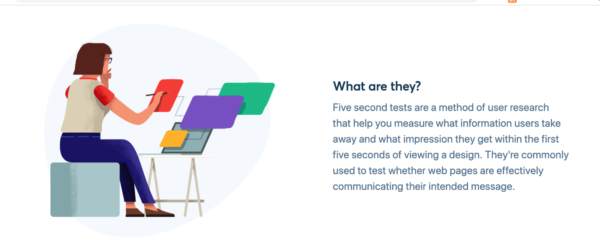
Essentially, you’re testing out the first impression of your site in the wild. It gives you qualitative data on how effectively your design and copy are communicating your primary message.
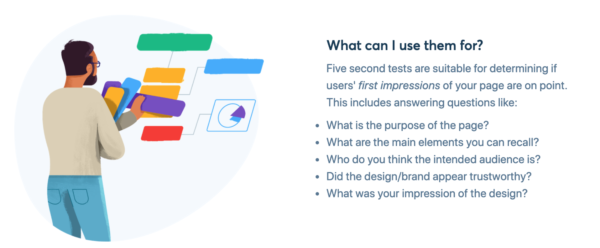
While using the tool, I highly recommended you to perform A/B tests your value proposition and find out the winner that’s nailing your unique value.
Note that as Ecommerce website, you don’t have just one value proposition (the one that you use on your about page, and maybe your homepage). You need a different proposition for your product pages and category pages to communicate their unique benefits in SERP as well.
You can begin testing your value proposition from the homepage. And later on, jump to other pages that carry considerable weight in your user’s journey. How will you find such pages on your site with the most business value? It’s the next tool on our list!
2. Google Analytics (GA)
You can’t change what you don’t measure. Once you have set up an Ecommerce tracking, GA gives you detailed data-backed insights on your website visitors, their behavior, and the pages driving the most traffic. If you assign conversion value to all the events on your site, then you’ll also get an analysis of your most valuable pages.
What can you do with such data?
You can optimize your site for higher conversions and find out the marketing channels that are generating new customers. There’s a wealth of data inside GA and can overwhelm a beginner. Here are the reports you can explore first:
- Behavior Reports – Analyze how your visitors are interacting with your site and the areas that could use a little improvement.
- Audience Reports – The number of sessions, page views, average session duration, bounce rate, the audience demographic, and the like.
- Conversion Reports – Under conversion reports, you’ll find an Ecommerce reports, which is highly useful. If you’re using Shopify, then it will pass information about your product sales, conversions, and more. You can also find out information on the number of days and sessions it took for a specific product purchase.
- Real-Time Reports – Can be useful to check how a new social media post and other marketing campaigns are driving traffic to your site.
You can plan your conversion optimization efforts after setting up weekly reviews of critical business metrics. Here’s a more detailed guide on Google Analytics for Ecommerce that you can refer.
3. Sumo
One of the most effective ways of cutting down on cart abandonment is sending personalized offers and collecting the emails of your prospects. With over 37,000 Ecommerce stores using the Sumo plugin, it’s a great solution that takes care of both the above aspects.
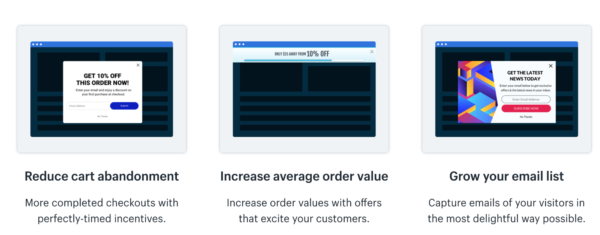
All the above aspects will fix your conversion issues and are central to growing your Ecommerce business revenue. If you’re on Shopify, then Sumo easily integrates with the platform. Also, the tool works with all the major email service providers.
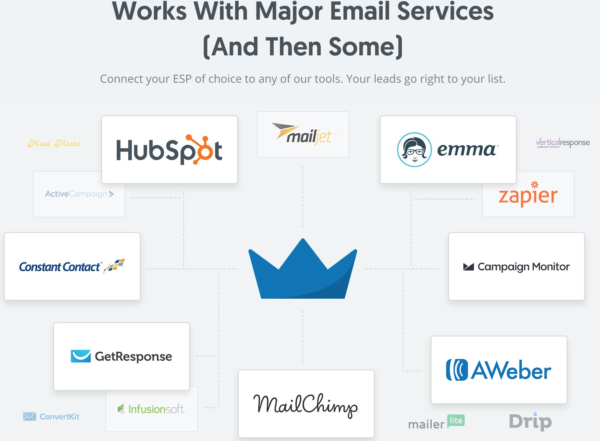
To get started, you can use Sumo shortcuts (based on proven strategies) and avail a free 14-day trial. The Sumo dashboard looks like the screenshot below and offers insights on the leads collected from the tool.
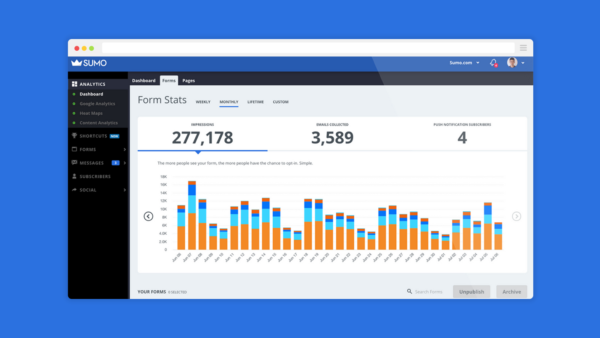
The top 10 Sumo customers have recovered anywhere between $ 7,000 to $ 311,000 in sales. It’s your turn now to fight cart abandonment!
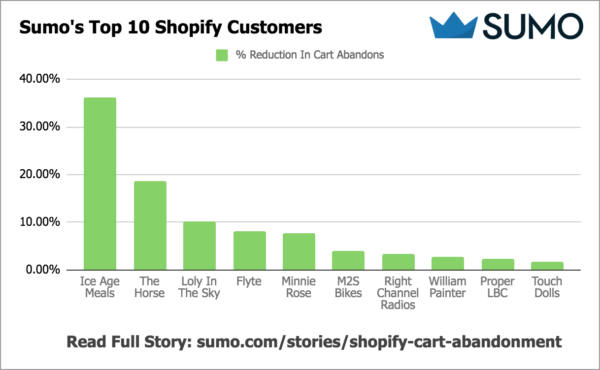
4. LeadChat
As the user attention is shifting towards messenger apps, conversational marketing has quickly taken center stage. J.D. Power found that 42% of consumers prefer live chat over email and social media.
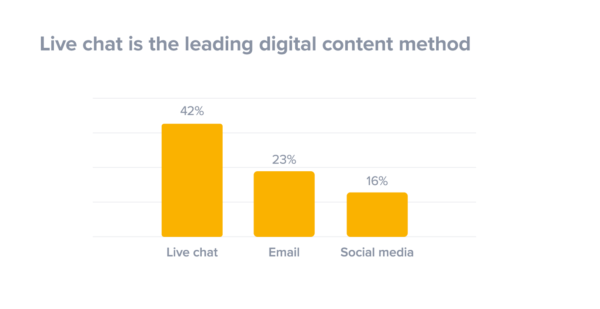
However, SuperOffice research found that only 9% of companies use live chat. It’s an effective method of communicating with your customers and keeping them satisfied with your brand because of fast response times.
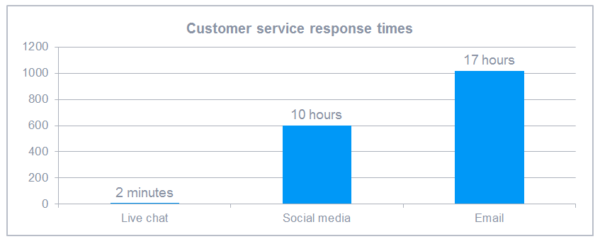
Given the numerous benefits of live chat, how would you fancy your personal live chat sales agents?
LeadChat is an outsourced live chat sales ninjas provider. It can turn casual browsers to your site into warm leads. And establish a deeper connection with your brand by offering a human experience with a sales agent.
Their process of optimizing a chat for your company will involve testing the opening line, introduction, and other questions asked by your site visitors. Gary Tramer, a founder of LeadChat, describes their optimization process in detail below.
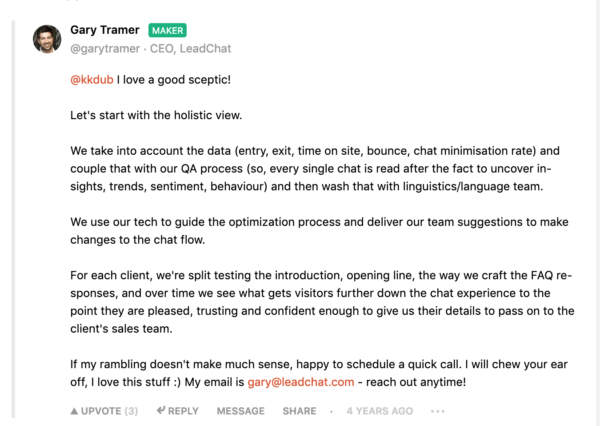
For detailed reports on your conversions, lead volume, response times, and the like, you can access their Leads Management & Portal.
Further, you can also integrate LeadChat with Google Analytics (GA), then attribute campaigns (especially, if you’re running paid campaigns) that are driving you the highest ROI.
Final Thoughts
Ecommerce store optimization is an intricate process that involves many elements. However, by allocating some time and budget to conversion optimization, you can bump up the conversion rate of your Ecommerce store above the average of 2%.
I have shown you four simple tools to begin the process of optimization. Start with implementing one tool to your site, use it for a month or so, and analyze your results. Then, consider the other tools based on the ROI.
Are there any other tools that you have used on your store and improved your conversion rates? Let me know in the comments below.
Digital & Social Articles on Business 2 Community
(60)




